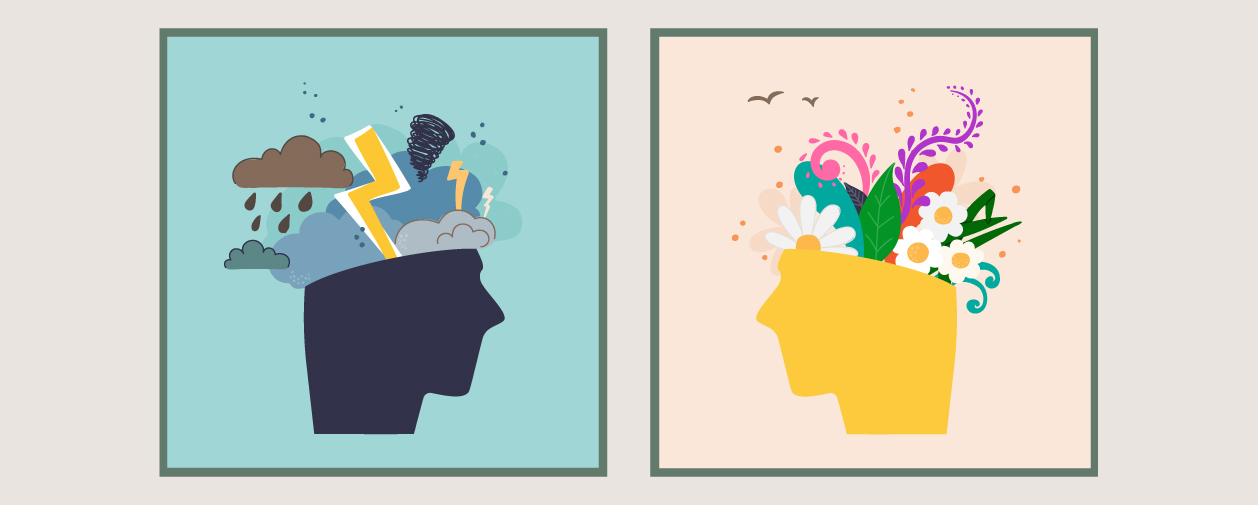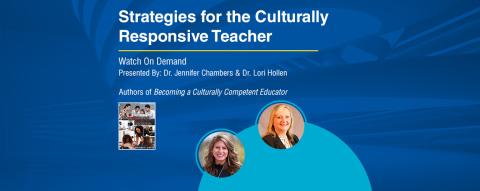
How to Reconnect with Students through Mindfulness
Preparing to meet students in-person for the first time in a year? Conceptualizing new ways to make the digital classroom engaging?
At Community College of Philadelphia, where we are professors of English, faculty are talking more than ever about how to support students’ mental health. Students and faculty alike are struggling internally, given all the uncertainties of the upcoming semester and, of course, given the disconnection that continues to characterize pandemic living. During these challenging times, mindfulness practice in the classroom can help professors to connect with students and can also helps students to connect powerfully with each other.
Mindfulness is simply paying attention to anything that is happening without judgment and authentically engaging, even when things feel unpleasant. Perhaps paradoxically, it is the act of acknowledging challenge, rather than running away from it, that can ultimately allow us to feel a joyful connection to others and ourselves. Below are three tips that we hope will allow you and your students to reconnect right now; we have found that in our own classrooms, these quick strategies communicate care, increase focus, and build community, especially during these challenging times. They help us to breathe together and understand, on a deeper level, that we are all in this together.
Tip #1: Create Classroom Meditations
While we may associate connecting with discussion, giving students a shared experience of quiet personal reflection can also be profoundly connecting. A one-minute meditation is a great strategy to create a sense of community. Instead of thinking about what has happened in their day so far or what is going to happen later, when meditating, students engage in a simplified present moment together. During this one-minute meditation, guide students to briefly check in with their posture, breathing, and bodies. If you do not want to lead the meditation and you have technology access, you can play a meditation on YouTube (try Kate’s mindfulness YouTube channel VitaminKmindful). Another variation of this exercise involves starting class with a minute of silence, using meditation bells, if you have them, to mark the start and end of the meditation. In our own classes, we’ve noticed that meditating together changes the energy and focus in the room and brings our students together. Sure, you might have one student fidgeting with the keyboard and another falling asleep, as the majority of the class sits still in meditation, but imperfections in meditating mirror the imperfections of life. We have grown to love these moments. Post-meditation reflection can help students connect with their peers about how they felt during the meditation or how they feel after; there is no “right” way to feel, and students will often validate each other’s authentic feelings in these conversations.
Tip #2: Introduce Visual Activities
Sharing moments of visual(or any sense-based)observation can help build classroom community. Paying attention to a sensory experience grounds us all in the moment and helps us look outside of ourselves to understand each other better. One such exercise is to have students draw the weather in their brain. Is it a tornado? Clouds with some sun peeking out? A rainbow after a storm? To do this, students must pause to check in with themselves, perhaps breaking a chain of anxious or negative self-talk. Furthermore, sharing these drawings with a partner or the class further promotes connection (and commiseration!). We have each had students who laugh when we walk around the room and describe their drawings back to them. “Wow! It seems like your brain has a tornado inside it this week!” is a simple phrase that can make students feel deeply seen and connected to you. You can draw the weather in your brain too so students can get a sense of how you are doing as a fellow human being. An alternate exercise is asking students to draw a shared classroom object. The act of paying attention can be focusing, and students can share (and at times laugh about) their drawings. This low-stakes image sharing can pave the way for students to later open up even more during classroom discussions and activities and to feel comfortable asking you questions about the course content.
Tip #3: Guide Students Through Problem-solving Activities
Working together to solve a problem builds awareness that individual strengths can impact collective success. It also creates space for students to process course content in a new way. With the full class, do a “close reading” of a single sentence from your textbook or a reading assignment. Pause for breath between each word and then talk about what every word means and/or associations that students have with the words. If math is part of your curriculum, solve a problem mindfully as a group (pausing between each step for breath). Slowing down an activity can create a different type of participation in class. Students who are quieter might be motivated to speak, disengaged students may experience a learning epiphany, or students may leave with a greater understanding of individual and group strengths. Most importantly, students will feel connected as a team. In our own experiences, students have appreciated their classmates' contributions and are left with a clearer understanding of how to approach something that feels difficult. We have also found that we, as professors, gain new understandings through this process.
We are both “type-A” personalities, and acknowledging the amount that we can’t control in our work and lives, has been a big challenge. There is no quick fix for the loss of control, grief, and traumas that students and faculty have faced—nor is there a quick way to gain perspective about these challenges. But we have found that while we can’t always control circumstances, we can always make our strongest effort to connect with ourselves and our students.
Just a few minutes of mindfulness per class could yield a full semester of connection.
Learn more about the benefits of mindfulness in the classroom and additional activities by attending a FREE WEBINAR:
Using Mindfulness Strategies to (Re)Connect with Students
Wednesday, September 22nd| 12:00 –12:30pm Eastern
A Presentation by Elizabeth Catanese and Kate Sanchez
https://zoom.us/webinar/register/WN_Vw5BbWhyRbW0wxIQJ2sXzw
About the Writers’ Publication:
At no time in the last 75 years have college students faced greater challenges as they struggle to prepare themselves for the future —pandemic-induced social isolation, drastically limited economic prospects with the likelihood of long-term scarring effects, and a dangerously divided nation rife with systemic racism. Given these unprecedented challenges, The College Mindfulness Workbook arrives at a particularly important time. The College Mindfulness Workbook invites students to explore an exciting and engaging set of activities designed to introduce the principles of mindfulness –the ability to be fully present in the current moment without judgment —and incorporate these mindfulness principles into their academic and personal lives.
To reserve your copy, visit https://he.kendallhunt.com/college_mindfulness



